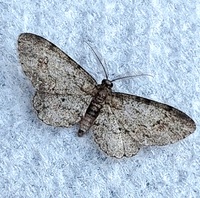
| Recorded by: Mark Basinger and Jim Petranka on 2025-10-17
Madison Co.
Comment: | 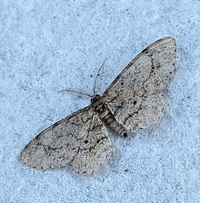
| Recorded by: Mark Basinger and Jim Petranka on 2025-10-17
Madison Co.
Comment: |
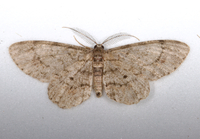
| Recorded by: Jim Petranka, Mark Basinger and Becky Elkin on 2025-10-17
Madison Co.
Comment: | 
| Recorded by: Merrill Lynch on 2025-10-14
Watauga Co.
Comment: |
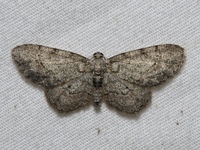
| Recorded by: Merrill Lynch on 2025-10-14
Watauga Co.
Comment: | 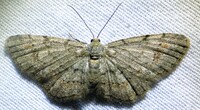
| Recorded by: Dean Furbish, Lior S. Carlson, John F. Jarvis, S. L. Reeves on 2025-10-07
Orange Co.
Comment: |
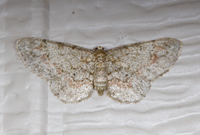
| Recorded by: Jim Petranka on 2025-10-05
Madison Co.
Comment: | 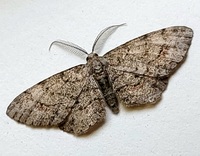
| Recorded by: Mark Basinger on 2025-10-04
Rowan Co.
Comment: |
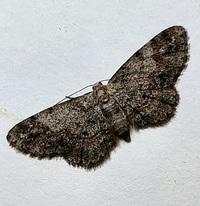
| Recorded by: Mark Basinger on 2025-10-03
Rowan Co.
Comment: | 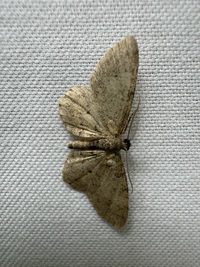
| Recorded by: Marilyn Westphal on 2025-10-01
Henderson Co.
Comment: |
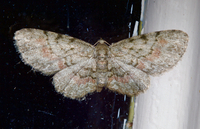
| Recorded by: Jim Petranka on 2025-09-30
Madison Co.
Comment: | 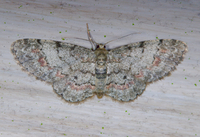
| Recorded by: Jim Petranka on 2025-09-28
Madison Co.
Comment: |
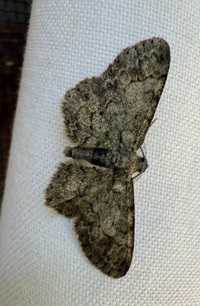
| Recorded by: Marilyn Westphal on 2025-09-07
Henderson Co.
Comment: | 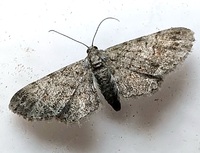
| Recorded by: Mark Basinger on 2025-07-12
Rowan Co.
Comment: |
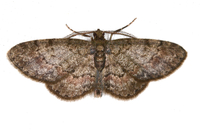
| Recorded by: Jim Petranka and Becky Elkin on 2025-05-23
Richmond Co.
Comment: | 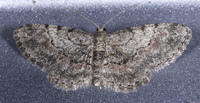
| Recorded by: John Petranka on 2024-10-21
Wayne Co.
Comment: |
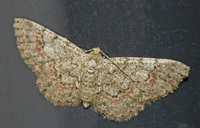
| Recorded by: Chuck Smith on 2024-10-13
Davidson Co.
Comment: | 
| Recorded by: Jim Petranka and Becky Elkin on 2024-10-13
Madison Co.
Comment: |

| Recorded by: Chuck Smith on 2024-10-08
Davidson Co.
Comment: | 
| Recorded by: Mark Basinger on 2024-10-07
Wilson Co.
Comment: |

| Recorded by: Jim Petranka on 2024-10-03
Madison Co.
Comment: | 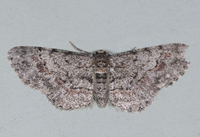
| Recorded by: John Petranka on 2024-09-28
Orange Co.
Comment: |

| Recorded by: Simpson Eason on 2024-09-24
Durham Co.
Comment: | 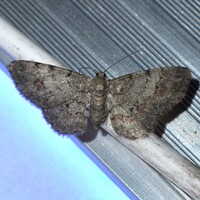
| Recorded by: Jeff Niznik, Larry Chen on 2024-09-23
Orange Co.
Comment: |

| Recorded by: Jim Petranka, Mark Basinger and Becky Elkin on 2024-09-21
Buncombe Co.
Comment: | 
| Recorded by: Jim Petranka, Mark Basinger and Becky Elkin on 2024-09-21
Buncombe Co.
Comment: |

| Recorded by: Mark Basinger on 2024-09-19
Buncombe Co.
Comment: | 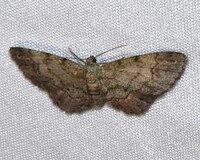
| Recorded by: Jeff Niznik on 2024-09-12
Orange Co.
Comment: |
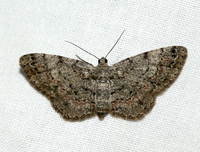
| Recorded by: Jeff Niznik, David George on 2024-09-07
Alamance Co.
Comment: | 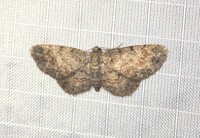
| Recorded by: Lenny Lampel on 2024-08-29
Union Co.
Comment: |
|

 »
»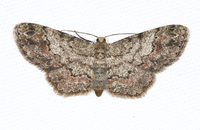
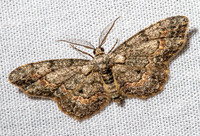
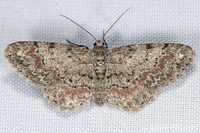

 »
»

